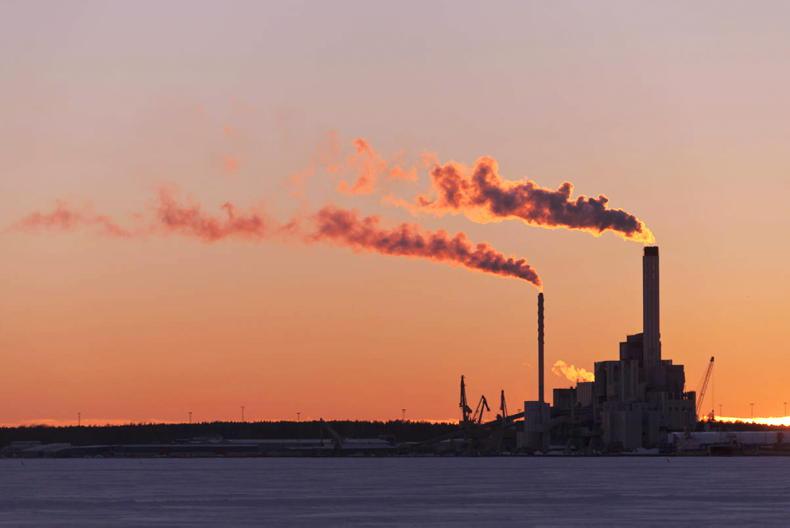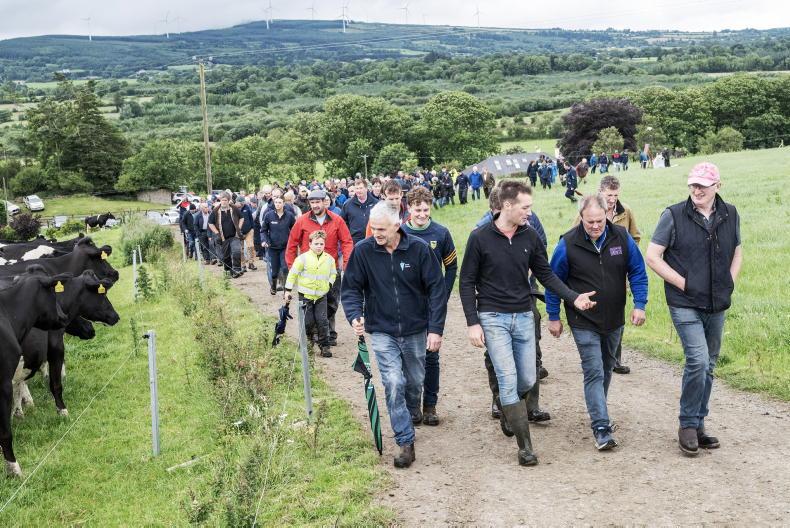The last week has seen two interesting discussions on climate change and the role of methane.
A Canadian professor - WA van Wijngaarden – whose academic and personal credentials are impeccable, addressed one meeting and his figures and analyses coincided closely with the UN’s International Panel on Climate Change (IPCC) reports. The other was the annual excellent Lismullen Conference.
While acknowledging that global warming is taking place, Prof van Wijngaarden, based on trends in the output of the various greenhouse gases, produced compelling figures showing that carbon dioxide is ten times more important as a greenhouse gas than either methane or nitrous oxide, the two gases that are the key targets of the EU’s Green deal and reflected in the Irish Government’s Climate Bill.
We know the bulk of the growing output of carbon dioxide is caused by the burning of fossil fuels in energy production.
The argument for or against coal and oil as sources of energy in today’s extraordinary circumstances can be made elsewhere, but to set a 25% reduction in Irish agriculture’s output of greenhouse gases where the bovine herd has been broadly static for 30 years, and where approximately 75% of agricultural output is bovine-based is at variance with both international obligations and international carbon footprint comparisons.
New Zealand (which is probably the country most comparable with us) has imposed a 10% reduction in greenhouse gases on its farming sector up to 2030.
Teagasc has developed a range of measures that will reduce emissions by 15% - 18% without reducing output.
We are continuously being told that the Irish climate targets are legally binding, but if sensible analysis and scientific developments suggest that a rethink is appropriate, then we should not be afraid to revisit what is now legally in place.
The last week has seen two interesting discussions on climate change and the role of methane.
A Canadian professor - WA van Wijngaarden – whose academic and personal credentials are impeccable, addressed one meeting and his figures and analyses coincided closely with the UN’s International Panel on Climate Change (IPCC) reports. The other was the annual excellent Lismullen Conference.
While acknowledging that global warming is taking place, Prof van Wijngaarden, based on trends in the output of the various greenhouse gases, produced compelling figures showing that carbon dioxide is ten times more important as a greenhouse gas than either methane or nitrous oxide, the two gases that are the key targets of the EU’s Green deal and reflected in the Irish Government’s Climate Bill.
We know the bulk of the growing output of carbon dioxide is caused by the burning of fossil fuels in energy production.
The argument for or against coal and oil as sources of energy in today’s extraordinary circumstances can be made elsewhere, but to set a 25% reduction in Irish agriculture’s output of greenhouse gases where the bovine herd has been broadly static for 30 years, and where approximately 75% of agricultural output is bovine-based is at variance with both international obligations and international carbon footprint comparisons.
New Zealand (which is probably the country most comparable with us) has imposed a 10% reduction in greenhouse gases on its farming sector up to 2030.
Teagasc has developed a range of measures that will reduce emissions by 15% - 18% without reducing output.
We are continuously being told that the Irish climate targets are legally binding, but if sensible analysis and scientific developments suggest that a rethink is appropriate, then we should not be afraid to revisit what is now legally in place.










SHARING OPTIONS